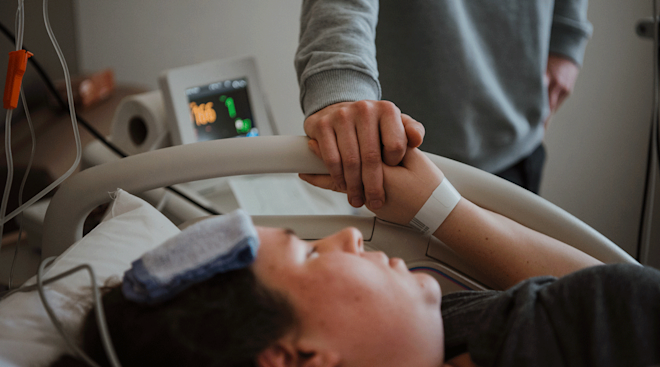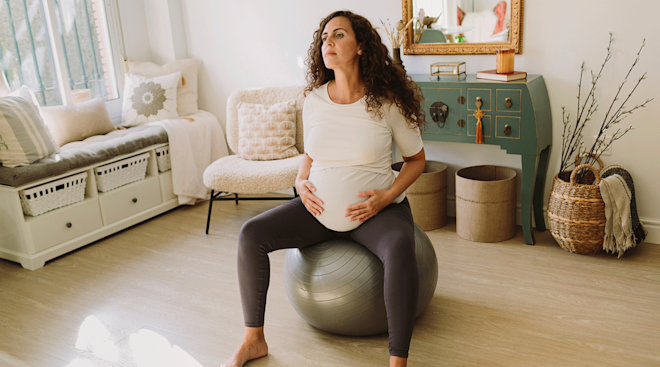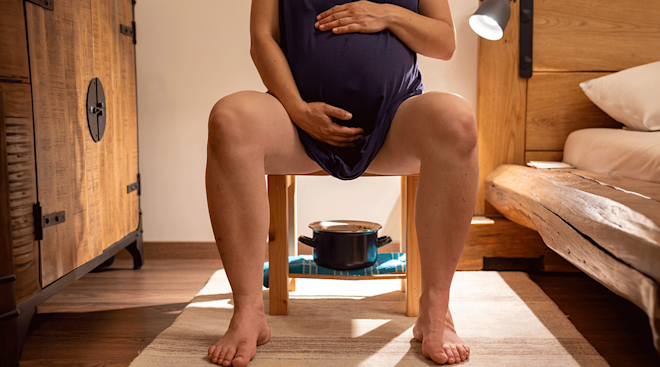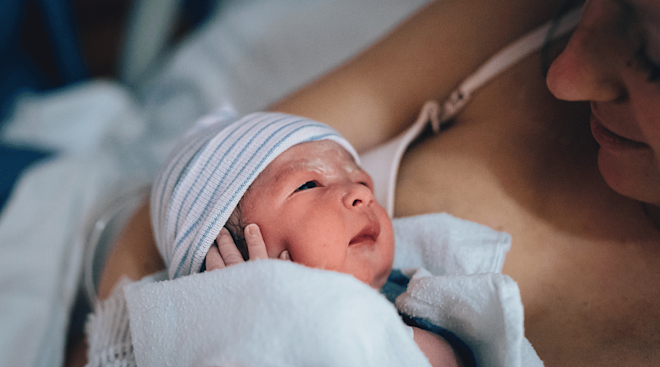Serena Williams Shares Details About Her Traumatic Birth Experience
There continues to be a discrepancy in maternal health care for people of color in the United States. Next week is Black Maternal Health Week, which focuses on raising awareness for the unfortunate reality that Black American women are nearly three times more likely to suffer from pregnancy complications than their white counterparts. To help raise awareness, Serena Williams is sharing her birth story and experience.
In a personal essay for Elle, the Grand Slam champion shared intimate details about her traumatic birth experience with daughter Olympia, 4. Williams gave birth to her daughter via c-section and underwent several more surgeries shortly after. She recalls in her essay that she felt like she was dying.
Williams is at high risk for blood clots and was found to have blood clots in her lungs back in 2010. Wanting to be proactive, she asked her nurse shortly after delivery why she hadn’t been started on a heparin drip, which is a blood thinner. The nurse replied she wasn’t sure she needed it.
“No one was really listening to what I was saying,” Williams wrote in her essay. “The logic for not starting the blood thinners was that it could cause my C-section wound to bleed, which is true. Still, I felt it was important and kept pressing. All the while, I was in excruciating pain. I couldn’t move at all—not my legs, not my back, nothing.”
She explains that she began to cough shortly after and ruptured the stitches to her c-section wound. She was then sent back into surgery to get it re-stitched. Though she tried to advocate for herself and ask for a CAT scan of her lungs and the heparin drip, she was repeatedly dismissed by her medical care team. Thanks to Williams’ persistence, she was able to get her CAT scan—and it relieved a blood clot in her lungs that needed to be treated before it traveled to her heart. Later on they also found a hematoma—a collection of blood outside of the blood vessels—in her abodmen, as well as more clots. In the week after giving birth, Williams underwent four surgeries.
“I fought hard, and I ended up getting the CAT scan,” Williams writes. “Being heard and appropriately treated was the difference between life or death for me.” She adds that if medical establishments listened to Black women about their experience, the staggering statistics around Black maternal health and mortality would be different.
Despite her experience with her care team, Williams writes her “personal OBGYN was amazing” and “never made [her] feel dismissed.” Thankfully Williams was able to survive her experience and has loved watching Olympia grow these past few years. But the sad truth remains that many Black women become a part of the staggering stastic—and it’s time for a long overdue change. To learn more about Black maternal health in America visit The Bump’s hub for some resources. While doctors can always offer insights and information, you know your body best—advocate for it and yourself until you feel you are heard.
Navigate forward to interact with the calendar and select a date. Press the question mark key to get the keyboard shortcuts for changing dates.





















































